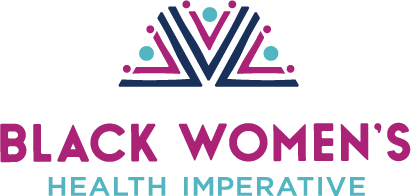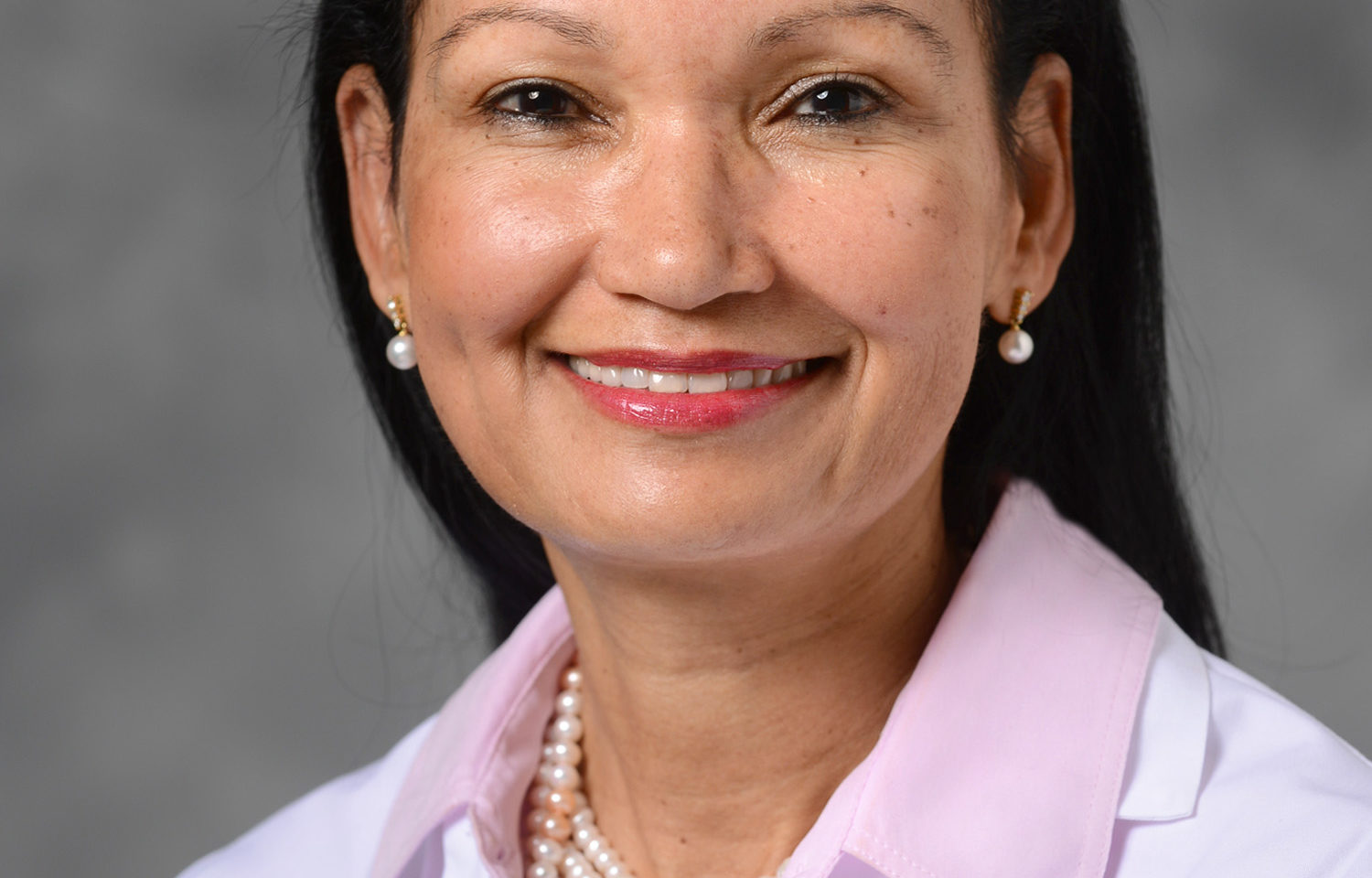 October is Breast Cancer Awareness Month. There are so many misconceptions about breast cancer and Black women. BWHI went to one of the leading experts, Lisa A. Newman, M.D., Director of the Breast Oncology Program at the Henry Ford Cancer Institute to help set the record straight. Dr. Newman has done significant research on Black women and breast cancer, so we thought it was so important to bring you her insights in a three-part series. This is information that can save lives. Please take the time to read and share with your mothers, sisters, friends and community.
October is Breast Cancer Awareness Month. There are so many misconceptions about breast cancer and Black women. BWHI went to one of the leading experts, Lisa A. Newman, M.D., Director of the Breast Oncology Program at the Henry Ford Cancer Institute to help set the record straight. Dr. Newman has done significant research on Black women and breast cancer, so we thought it was so important to bring you her insights in a three-part series. This is information that can save lives. Please take the time to read and share with your mothers, sisters, friends and community.
What are some of the differences in the way breast cancer presents in Black women (AA) vs Whites (WA)? Age?
Breast cancer mortality/death rates are approximately 40% higher among African American women compared to White women.
African American women are more likely to be diagnosed with more advanced-stage breast cancer compared to White women; the tumors of AA patients are more likely to be larger and associated with spread to the axillary (underarm) lymph nodes (glands) at time of diagnosis compared to WA patients.
Risk of developing a breast cancer increases in ALL women as we get older, but AA women are more likely to be diagnosed with breast cancer at younger ages compared to WA women. For example, among women younger than 40-45 years old, the population-based incidence rates of breast cancer are higher for AA compared to WA women. Furthermore, approximately 30% of all newly-diagnosed AA breast cancer patients are younger than 50 years old, compared to only 20% of WA patients.
The more advanced stage distribution for breast cancer in AA women is explained in part by socioeconomic disadvantages that are more prevalent in the AA community, which result in delays in both breast cancer diagnosis and treatment. However, the younger age distribution for breast cancer, and the fact that AA women are more likely to be diagnosed with some of the more biologically patterns of breast cancer compared to WA women, suggest that there are some hereditary factors related to African American identity that may also be contributing to these incidence and outcome disparities.
Does it tend to be more aggressive in Black women in most cases?
One of the most aggressive patterns of breast cancer is a subtype commonly referred to as “triple negative breast cancer (TNBC)”. TNBC accounts for approximately 15% of all breast cancers that we see in the United States and in Europe; it is often more difficult to detect on routine mammograms; it tends to cause larger tumors compared to non-TNBC; and it is more likely to metastasize (spread) to other organ, such as the lungs and the brain, compared to non-TNBC cases. Because of its inherently aggressive nature, TNBC is more likely to require chemotherapy treatments compared to non-TNBC.
TNBC is twice as common in AA compared to WA women, accounting for approximately 30% of cases. This increased prevalence of TNBC in AA compared to WA also contributes to survival disparities.
It is also noteworthy that TNBC is more common among women who have inherited mutations in the BRCA1 gene; genetic counseling programs are therefore very important among AA women diagnosed with TNBC.
What are the best ways to reduce risks in Black women?
Early detection of breast cancer is the most powerful weapon that ANY woman can use in the fight against breast cancer as a life-threatening problem. Early detection to catch a breast cancer when it is small (and more likely to be treated successfully) can be accomplished with screening mammography and self-detection of a new breast abnormality. Women should initiate yearly mammograms at age 40.
Danger signs of breast cancer (regardless of when a mammogram was most recently performed and regardless of whether or not it appeared normal) include a new lump, bloody nipple discharge, and/or a change in the skin of the breast such as inflammation or dimpling. These early detection strategies are ESPECIALLY important in AA women, because early detection of aggressive cancers such as TNBC can be life-saving and can reduce the need for chemotherapy.
Also, mammography can be more challenging to interpret in younger women because the breast density of pre-menopausal breast tissue can obscure or camouflage cancer-related mammographic findings. Since AA women have an increased risk of early-onset breast cancer, being aware of breast cancer danger signs on self-examination is particularly important for AA women.
Lifestyle adjustments, such as adhering to a balanced, healthy diet, following a regular exercise/fitness routine, and limiting intake of alcoholic beverages can reduce the likelihood of developing a breast cancer. Several studies have shown that nursing after pregnancy can reduce the risk of developing TNBC as well as non-TNBC.
 Dr. Newman is a surgical oncologist and with a clinical and research practice dedicated to breast cancer management. In August 2018 she was appointed Chief of the Breast Cancer Disease Management Team within the Meyer Cancer Center and Chief of the Breast Surgical Oncology Programs for the Weill Cornell Medicine-New York Presbyterian Hospital Network, serving its Manhattan, Queens, and Brooklyn sites.
Dr. Newman is a surgical oncologist and with a clinical and research practice dedicated to breast cancer management. In August 2018 she was appointed Chief of the Breast Cancer Disease Management Team within the Meyer Cancer Center and Chief of the Breast Surgical Oncology Programs for the Weill Cornell Medicine-New York Presbyterian Hospital Network, serving its Manhattan, Queens, and Brooklyn sites.


